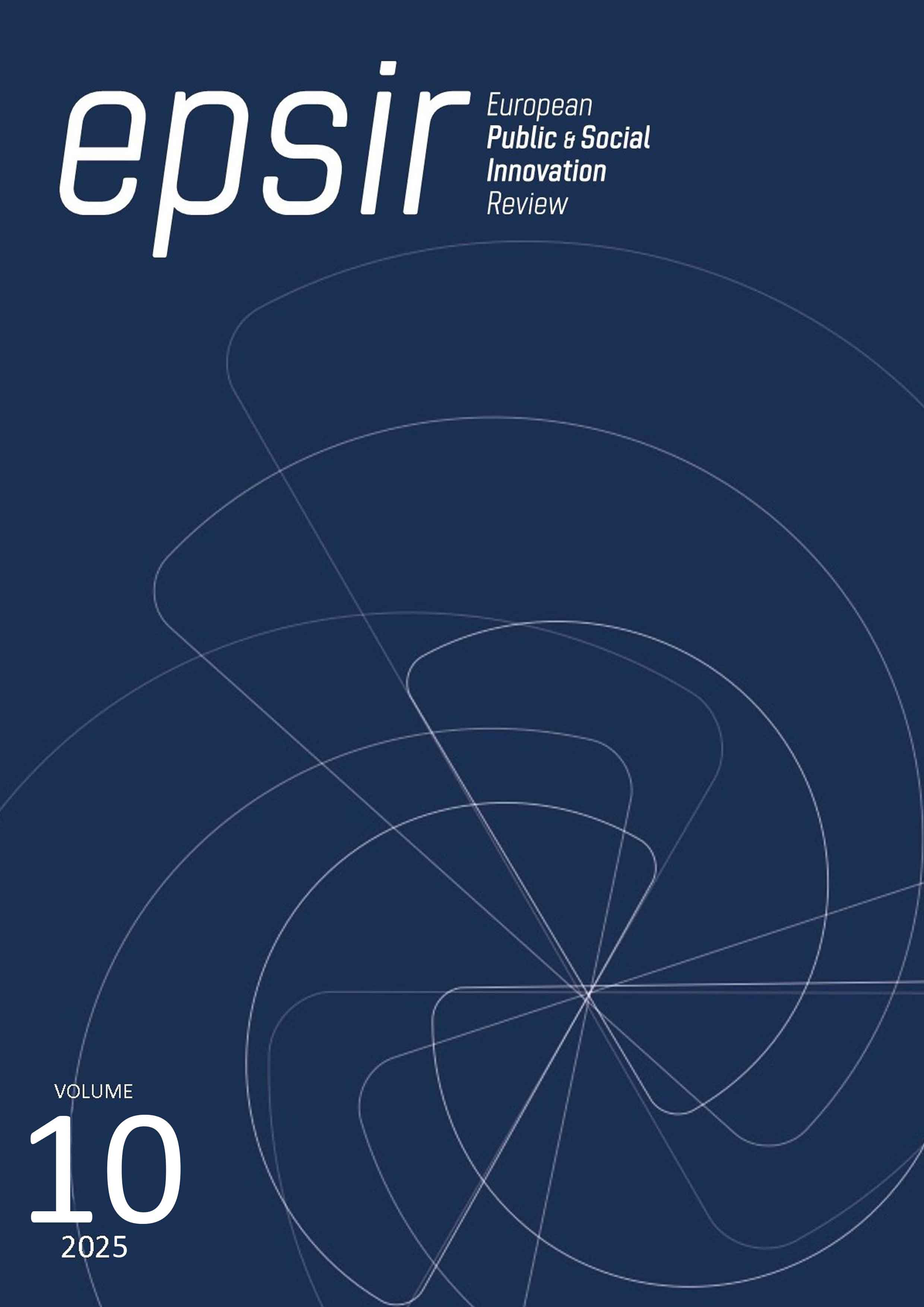The digital in creative activity, between copyright and NFT
DOI:
https://doi.org/10.31637/epsir-2025-1950Keywords:
Digital, Art, Copyright, Blockchain, NFTAbstract
Introduction: Digitisation processes in creative activities allow for new content through the use of data and machine learning algorithms, creating novel relationships. In this context, copyright must protect authors without hindering the use of virtual data, which is necessary for original results. Methodology: The research explores the impact of non-fungible tokens (NFT), an emerging technology that has revolutionised the arts sector, raising issues related to copyright and speculation. Results: The use of digital technologies has increased authors' independence from traditional intermediaries, with social networks as virtual storefronts. Despite legal uncertainties, the outlook is positive thanks to tools such as smart contracts and blockchain. Conclusions: Despite NFT issues and regulatory uncertainties, technological innovation, such as automation via blockchain, offers opportunities for a promising future for copyright protection.
Downloads
References
Damiani, E. (2022). Cripto-arte e non fungible tokens: i problemi del civilista. Rassegna di Diritto della Moda e delle Arti, 2, 352-364.
Frezza G., & Virgadamo P. (2023). NFT e arte. Alla ricerca di una disciplina giuridica adeguata orientata al principio di verità Law Art, 4, 285-320. DOI: https://doi.org/10.17473/LawArt-2023-4-8
Innovazione Forense, https://acortar.link/ejzaKz
Manca, A. (2022). L’opera d’arte nell’epoca degli NFR. https://www.artribune.com/progettazione/new-media/2022/01/nft-mercato/
Menichetti, B. (2022). NFT e Arte digitale. https://acortar.link/SB3INv
Mitchell, T. (1997). Machine Learning. McGraw Hill.
Pascuzzi, G. (2020). Il diritto dell’era digitale. il Mulino.
Pizzato, E. (2023). Intelligenza artificiale e diritto d’autore: qual è la situazione? https://acortar.link/xwKcbO
Prando, V. (2024). Cina: un precedente a favore della tutela delle immagini generate dall’IA. https://acortar.link/2dtt0z
Samuel, A. L. (1959). Some studies in machine learning using the game of checkers. IBM Journal of research and development, 3(3), 210-22 https://doi.org/10.1147/rd.33.0210 DOI: https://doi.org/10.1147/rd.33.0210
Sellitto, M. (2023). Meme e copyright: una relazione complicata.
https://www.previti.it/meme-e-copyright-una-relazione-complicata
Solenne, V. (2022). NFT e diritto d’autore: le problematiche giuridiche sul copyright. https://www.pandslegal.it/tecnologie-ict/nft-diritto-dautore-e-copyright/
Tommasini, M. F. (2023). NFT o crypto art. Inquadramento giuridico e prospettive di tutela nel mercato digitale. Jus Civile, 3, https://acortar.link/iHS7i1
Direttiva (UE) 2019/790 del Parlamento europeo e del Consiglio, del 17 aprile 2019, sul diritto d'autore e sui diritti connessi nel mercato unico digitale e che modifica le direttive 96/9/CE e 2001/29/CE,
https://eur-lex.europa.eu/legal-content/IT/TXT/?uri=CELEX%3A32019L0790
Commissione Europea, Orientamenti relativi all'articolo 17 della direttiva 2019/790/UE sul diritto d'autore nel mercato unico digitale, COM(2021) 288 final, 4.06.2021,
https://eur-lex.europa.eu/legal-content/IT/TXT/PDF/?uri=CELEX:52021DC0288
Proposta di Regolamento del Parlamento europeo e del Consiglio, relativo ai mercati delle cripto-attività e che modifica la direttiva (UE) 2019/1937,
https://eur-lex.europa.eu/legal-content/IT/TXT/HTML/?uri=CELEX:52020PC0593
Universal Declaration of Human Rights (UDHR), 10.2.1948, https://acortar.link/aEBmz7
Downloads
Published
How to Cite
Issue
Section
License
Copyright (c) 2025 Arianna Maceratini

This work is licensed under a Creative Commons Attribution-NonCommercial-NoDerivatives 4.0 International License.
Authors who publish with this journal agree to the following terms:- Authors retain copyright and grant the journal right of first publication with the work simultaneously licensed under Creative Commons Non Commercial, No Derivatives Attribution 4.0. International (CC BY-NC-ND 4.0.), that allows others to share the work with an acknowledgement of the work's authorship and initial publication in this journal.
- Authors are able to enter into separate, additional contractual arrangements for the non-exclusive distribution of the journal's published version of the work (e.g., post it to an institutional repository or publish it in a book), with an acknowledgement of its initial publication in this journal.
- Authors are permitted and encouraged to post their work online (e.g., in institutional repositories or on their website) prior to and during the submission process, as it can lead to productive exchanges, as well as earlier and greater citation of published work (See The Effect of Open Access).



